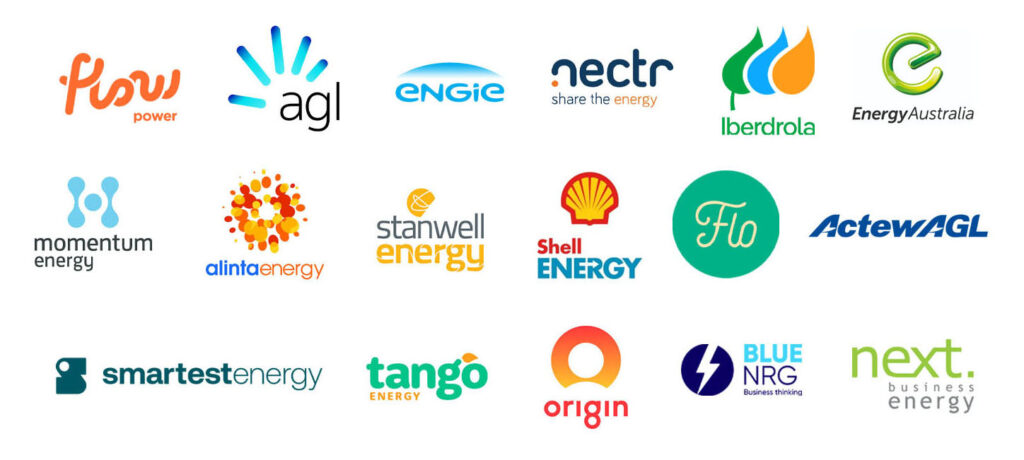Creating a business path to net zero is not an easy task and requires a solid plan, strict reporting, reduction of direct and indirect emissions, and carbon offset measures.
Net zero refers to striking a balance between greenhouse gas emissions produced and emissions taken out of the atmosphere.
Put simply, a net-zero emissions business must not create more greenhouse emissions into the atmosphere than it takes out.
Why should a business strive for certification?
The bushfires during the Black Summer of 2020 and continued extreme weather events really drove the point home to Australians that climate change is real and is affecting our lives.
Various studies have shown that consumers are more inclined to give their customs to businesses that are taking action to cut their emissions and create environmentally sustainable products and services.
This is one of the reasons why you will need a business path to net zero, but there are more.
The United Nations is pushing to create a global standard to reward businesses that achieve net zero (or better) status and penalise those that don’t.
Treasurer Josh Frydenberg has stated that the time will come when Australian businesses that are not carbon-neutral certified may suffer financial consequences.
Carbon dioxide makes up 80 percent of all greenhouse gas emissions followed by methane (10 percent), nitrous oxide (7 percent), and fluorinated gases (3 percent).
The correct strategy to create a business path to net zero
Each business is different, but there are a number of measures that are common to every successful strategy to achieve net zero.
1. Measure
The first thing you must do is measure the total amount of greenhouse gases your business is responsible for over a 12 month period.
You must include all emissions including commuting of staff, and electricity consumption.
All data must be quantified and an appropriate calculation model must then be used to deliver accurate readings which are classified into scope emissions.
2. Reduce
Once your carbon emission totals have been calculated, your business must develop a plan to reduce them.
It is sensible to start with the top five sources of emissions and create strategies to bring them down.
The most common ways to do this are work-from-home arrangements, reduced business travel, carpooling, using electric vehicles, and making changes to your electricity consumption patterns.
2.1 Purchase energy from renewable sources
Another strategy to help your business to reach net zero is to purchase energy directly from solar or wind farm generators through Power Purchase Agreements.
Leading Edge Energy can help you source renewable energy on the wholesale market.
2.2 Improve energy efficiency
Improving energy efficiency by installing upgrades, insulation and other measures including power factor correction also helps reduce emissions and help pave the way to net zero.
2.3 Install onsite generation and storage
The most effective way to reduce your carbon footprint with a good return on investment is the installation of onsite solar generation coupled with a battery storage system.
Not only will you reduce your carbon footprint, but you will also save on your monthly electricity bills.
The battery storage unit will also allow you to maximise onsite generation by using it when the sun is no longer shining.
3. Purchase or create carbon offsets
The carbon market relates to the production, buying, and selling of Australian carbon credit units (ACCUs) issued by the Clean Energy Regulator.
These credits are primarily issued to land restoration project owners who reestablish native vegetation in certain areas that remove carbon dioxide from the atmosphere.
Carbon credits are a financial product that is regulated and issued by the Australian Government to project developers.
One carbon credit represents 1 tonne of carbon dioxide that is removed from the atmosphere.
The purchase of these carbon offsets ensures that the impact of released greenhouse gas emissions has either been removed, avoided, or captured.
There are several carbon credit providers, however, these providers need to offer verified offsets to ensure a genuine emission reduction is occurring.
Projects can occur within Australia as well as internationally. Australian projects can generate Australian Carbon Credit Units (ACCUs).
The Australian Carbon Exchange is due to commence trading ACCUs in 2023.
Project types can include planting new forests, reforestation and revegetation, agricultural land management, renewable energy projects, and more.
Problems with carbon markets
One of the biggest challenges facing the carbon market is market forces.
Traders have realised that in an open market, there is a real opportunity to drive prices up to levels where businesses simply cannot afford them through shorting and other market manipulation techniques.
Another issue is the question of inalienable rights, which questions the ethics of allowing a business to pay another business for a credit which means it is avoiding meeting ethical obligations.
This, in turn, could lead to a situation where there is a huge demand for businesses to simply buy offsets, and not to reduce consumption/emissions, resulting in a shortage of ACCUs.
Another concern is that it is impossible to quantify in monetary terms, the damage caused by the production of some goods and services.
There has also been discussion on the possibility of creating problems further down the line by accentuating the rich versus poor divide and the pollution and ‘sacrifice zones’ that will come with it.
For businesses, the real threat is being duped into buying carbon offsets that are, put simply, fraudulent. This is why it is wise to stick to carbon offsets that are internationally recognised. These include:
- Verified Emissions Reductions (VERs) issued by the Gold Standard
- Verified Carbon Units (VCUs) issued by the Verified Carbon Standard
- Australian Carbon Credit Units (ACCUs) issued by the Clean Energy Regulator in Australia.
Is your business a good fit for onsite solar generation and battery storage?
Rooftop solar and battery storage is a great way to offset greenhouse gas emissions, as well as many other products such as natural refrigerants which all give a fantastic return on investment value.
Drop us an email at info@leadingedgeenergy.com.au or call us at 1300-852-770 for an obligation-free consultation.
Keep an eye out for parts III and IV of our net-zero series.
We source, analyse, compare and rank commercial, industrial and multisite energy quotes. Obligation Free.
Chat with one of our experienced consultants today and get the insights your business needs to help manage the risks associated with volatile electricity and natural gas markets. Our energy procurement service is obligation-free and provides a time-saving way of securing lower energy rates from our panel of energy retailers.







